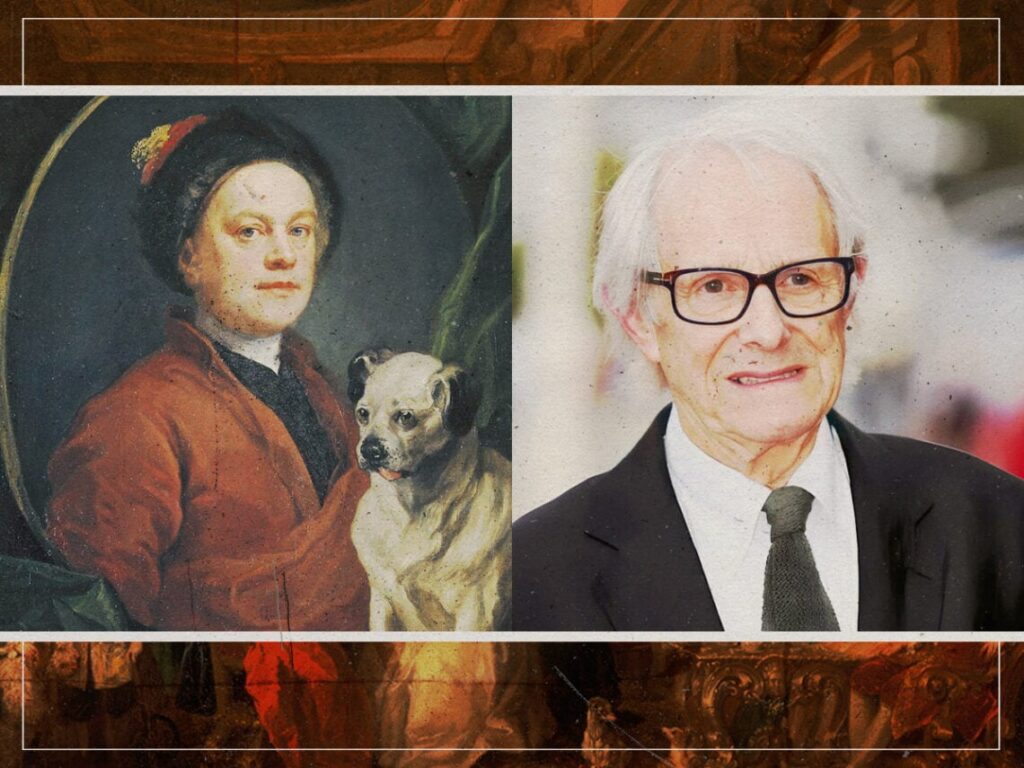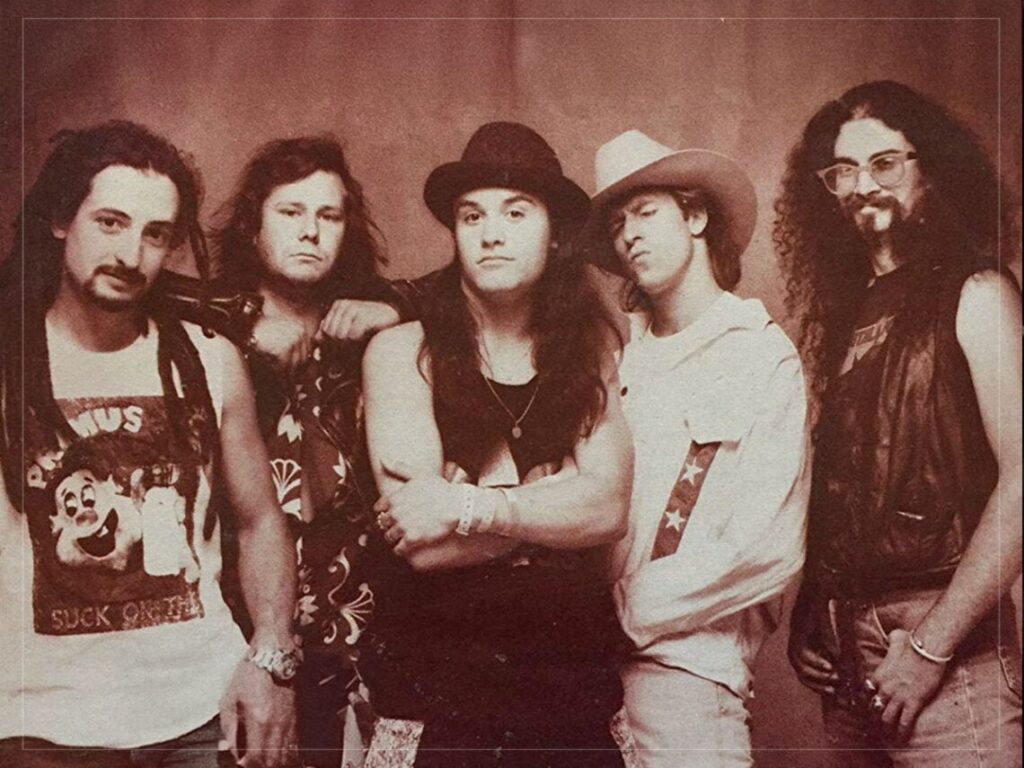How William Hogarth inspired Ken Loach’s entire career
 Posted On
Posted On
(Credits: Far Out / National Gallery / Alamy)
In the realm of British cinema, there are few figures as influential and inspirational as the inimitable Ken Loach. His 1969 film Kes is often discussed in terms of being one of the greatest British movies ever made, and his further works like The Wind That Shakes the Barley and I, Daniel Blake, have both won the Palme d’Or at the Cannes Film Festival.
Loach’s films are often defined by their social criticism and their treatment of the political and social minutiae of Great Britain. Across several widely acclaimed movies, Loach has explored themes of poverty, class, homelessness and social welfare with a fearless commitment to authenticity.
There’s certainly a quality to the films of Loach that make them entirely his own, instantly recognisable in their realistic approach to British life. Still, the Warwickshire-born director has admitted that he is vastly influenced by the paintings of English artist William Hogarth, whose work arrived through the 18th century.
Speaking with Tate, Loach explained that he enjoys the work of Hogarth “because of its subject matter – because of the warmth of his depiction and because you get to know the people in it.” Hogarth made realistic portraits as well as comic strip-like pictures, but he is mostly known for his series A Harlot’s Progress, A Rake’s Progress and Marriage A-la-Mode.
There’s certainly an air of realism about Loach’s films, just as in Hogarth’s paintings, and it’s likely the director also found inspiration in his strips called “modern moral subjects”, with Loach often tackling the harsh political and social realities of contemporary Britain. The director explained that Hogarth had “stayed outside the establishment cliques,” which is vital to the essence of “any kind of artist in whatever kind of medium.” “You have to be an outsider,” he said.
It was Hogarth’s commitment to depicting “the great panorama of social life” that left Loach wanting to study him in the same manner as great literary figures like Chaucer or Shakespeare. As far as the direct influence of Hogarth in Loach, he pointed to the builder characters in his 1991 Riff-Raff, who would be able to be depicted in some of Hogarth’s paintings.
The film sees Robert Carlyle play a recently released former prisoner who takes a job on a building site, and according to Loach, the kind of characters in the movie are akin to Hogarth’s subjects in that “you find people whose lives are written on their faces”. Meanwhile, the individuals found in his 2014 project Jimmy’s Hall, which tells of Ireland in the 1930s, could also make their way into a Hogarth work. “People who make you smile, people you’d like to listen to, people whose lives are sometimes touched by tragedy,” Loach said. “You connect to them all.”
It’s the very look of someone that is important in Hogarth, who Loach said hated other portrait painters who filled their works with too much “frock and clothes”. “The real work is in the face,” he said. Indeed, there’s a link between Loach and Hogarth in how the director gets beneath the extraneous details of a person to interrogate and reveal their innermost desires and vulnerabilities.
Loach’s films are undoubtedly unique with their fearless commitment to exploring the most difficult intricacies of British society. Scratch a little deeper beneath the surface, though, and you will discover a significant influence from William Hogarth, the English painter who also sought to expose the humanity in his subjects.
[embedded content]


